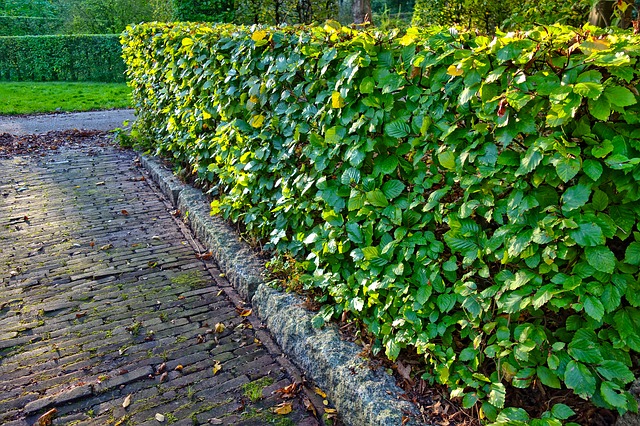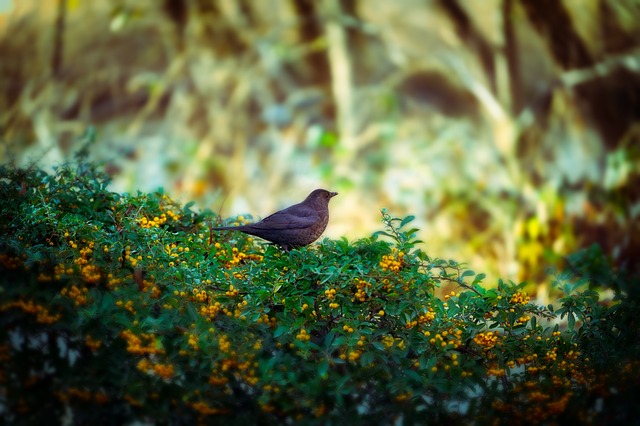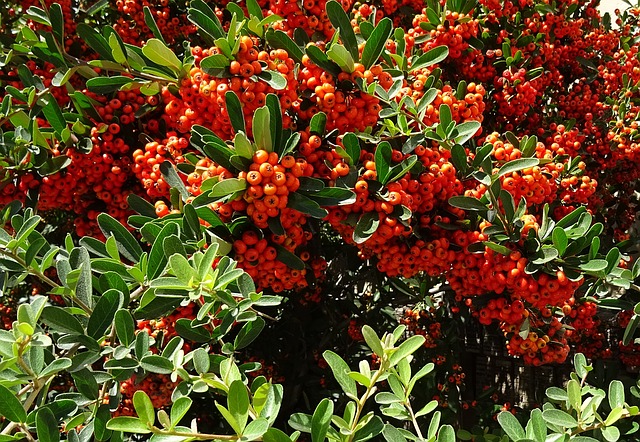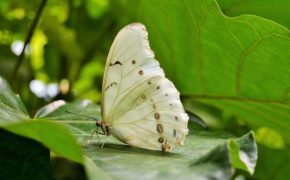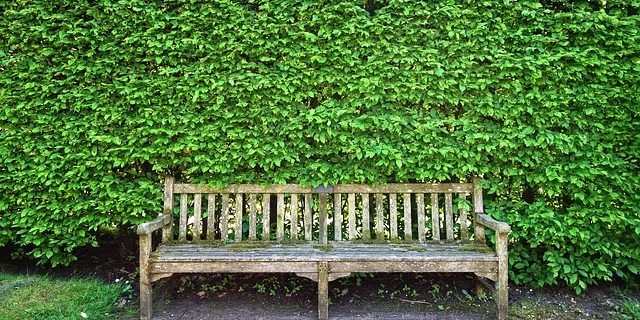
Get a quick no obligation quote It’s free and will only take a jiffy!
How to Achieve the Perfect Privacy Hedging
Whether you have an overlooked back garden, passers-by are able to see right into your front room, there are unsightly structures in neighbouring gardens or, quite simply, you just want to hide away from the rest of the world when you’re in your garden, one of the best ways to create privacy at home is with the use of privacy hedging.
There are various things to consider when planting privacy hedging in a garden, not least what type of hedging to choose. Here we answer some of the most commonly posed queries about hedge planting, to help you make the right choices for your garden.
What to consider when choosing privacy hedging for your garden?
These are the most important considerations to bear in mind when planning a privacy hedge:
Evergreen or deciduous?
Do you need year-round screening, or just during spring and summer? If you can do without privacy screening during autumn and winter, you could opt for deciduous hedging. But it you are keen to stay hidden away throughout the year, your choice will need to be an evergreen hedge.
Height of the hedge
Not all hedges do so well when they grow overly tall. Some species will end up bushy on top, yet sparse around the bottom. If you want a high privacy screen, then you’ll need to be selective about which hedge you choose. Also bear in mind that you must not block light from neighbouring gardens, otherwise you could face being asked to trim the hedge back. If your hedge is evergreen, it will fall under the High Hedges Act 2008. This means that it cannot exceed two metres in height if it blocks light from a neighbour’s garden or home.
Conditions
There are few hedges that are happy in both sun and shade. So if the spot you wish to screen is devoid of sunlight, you’ll need to choose hedging that enjoys shady conditions. Partial shade hedging is idea if the area has the sun for half the day, and full sun hedging is the one to select if the sun is overhead all day.
Maintenance
Some types of hedging will require little or no maintenance, whereas others, such as fast growing species like Leylandii, will need regular pruning to keep them in check. Think about who will trim the hedging when it reaches several metres in height and, if this is going to be an issue, opt for something that’s slow growing. If you are keen on a tall hedge, you should be prepared to call in a qualified tree surgeon for regular professional hedge trimming.
What are the best fast growing hedges?
If you don’t want to wait too long for your privacy hedging to grow, here are some fast growing species that you may wish to consider…
Cherry laurel – this is a very fast growing hedging plant. It’s evergreen, so will provide year-round privacy, and it thrives in shady conditions, as well as direct sunlight, making it one of the most versatile hedging species you’ll find. Expect around 60cm growth per year.
Bay laurel – this attractive, aromatic plant will grow around 40cm per year. Again, bay laurel is evergreen, so you can enjoy its pretty leaves and scent all year round.
Leylandii – a super-fast growing species with will provide you with a dense privacy screen in very little time. Growing around 90cm per year, you’ll need to regularly prune this one to keep it in check and ensure it doesn’t annoy the neighbours, or alternatively, call in a professional tree surgeon on a regular basis to trim it back and ensure it remains healthy.
If you are keen for your hedge to grow quickly, try to plant it between autumn and early spring, avoiding ground frost where possible. Be sure to prepare the ground well before you plant the hedging, with weeds removed six weeks in advance and the soil nourished. If you can, buy fairly mature plants that are container grown, as these will create the privacy you need faster.
What is the best hedging for birds and wildlife?
One of the best things you can do to help wildlife is plant a hedge in your garden. All types of wildlife are helped by a hedge, including birds, mice, bats and hedgehogs. Frogs and toads using hedging for food and shelter too.
The best type of hedge for wildlife is a native one. The Wildlife Trust recommends hawthorn, field maple, blackthorn, beech, hornbeam and holly. The Tree Council says that strong species such as blackthorn and hawthorn should form the backdrop, with climbing plants such as wild roses, honeysuckle and brambles at the front to provide food in the form of berries and hips.
A yew hedge will provide good, dense nesting for birds. This is an easy to maintain hedge with dark green, needle-like foliage. Cherry laurel is also good for wildlife, and is drought tolerant so good for dry conditions.
Pyracantha is a favourite for birds who enjoy the protection of the thorny stems as well as the abundant berries. This falls into the fast-growing category too, clocking up 30-60cm per year. And if you’re after something that’s compact for a small garden, but still provides a good source of winter food, choose holly, which is tolerant of urban pollution so good for city gardens. It’s a slow grower though, so try to buy as large a plant as possible from the outset.
Professional hedge care
If you are keen to ensure your hedge remains healthy and attractive, the helpful, qualified experts here at TH Trees Ltd are on hand to provide the assistance you need with hedge trimming and other tree surgeon services. For tailored guidance, you are welcome to get in touch.
Had a fallen tree in the early hours of Monday morning, called for quote and the team had it cleared on the same day. Really good communication when the lads were onsite and did a great job. Lots of pride in their work shown with the thorough clear up. Would thoroughly recommend.
Thank you Stuart for your kind review. We were glad to be able to help you with your fallen tree. If there's anything else you need in the future, please don't hesitate to get in touch.

